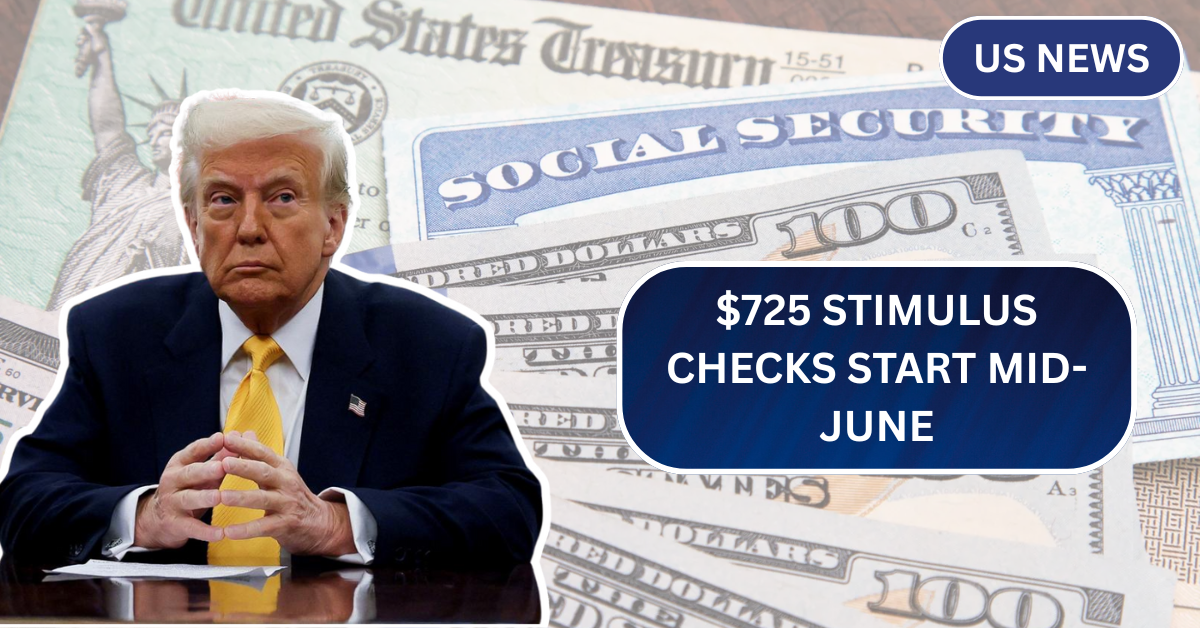Good news is finally here for millions of low-income Americans. The long-awaited $725 stimulus check payments are set to begin rolling out in mid-June 2025. If you’re one of the eligible residents, this could be a big financial relief – especially with rising costs of living continuing to affect households across the country.
In this article, we’ll break down everything you need to know – including the full payment schedule, who qualifies, how to check your eligibility, and when you can expect your deposit or mail check.
What Is the $725 Stimulus Check?
The $725 stimulus payment is part of a state-funded program aimed at helping low-income households handle rising daily expenses like groceries, utilities, and rent. This particular payment is not a new federal COVID stimulus check – instead, it is a targeted rebate being issued through certain state relief programs or guaranteed income pilot projects, depending on your location.
These payments are typically tax-free and do not require repayment.
When Will the Payments Begin?
The payment schedule is now officially confirmed. Eligible recipients will start receiving their $725 stimulus checks from mid-June 2025. Some states have already shared specific dates:
- June 15–22: Direct deposit recipients will start to see funds in their accounts.
- June 24–30: Paper checks will be mailed to those who have not enrolled in direct deposit.
- July 1 onward: Additional waves may go out based on processing timelines and state distribution plans.
Who Is Eligible for the $725 Stimulus?
Eligibility depends on where you live and which program you are part of. However, most of the qualifying rules include:
- Low to moderate income households
- Seniors on fixed incomes
- Recipients of Supplemental Security Income (SSI), Social Security Disability Insurance (SSDI), or SNAP benefits
- Residents who filed taxes and reported below a certain income threshold
- Some undocumented residents may qualify under guaranteed income programs in select cities
You should also be a current resident of the participating state or city and meet the residency requirements as outlined by the issuing authority.
How Can You Check If You’ll Get the Payment?
To check your eligibility and payment status, follow these steps:
- Visit your local state revenue or human services department website.
- Log in or create an account.
- Check your payment status using your Social Security number or taxpayer ID.
- Call the state helpline if online tools aren’t available.
Some states have online portals where you can view updates, while others might send out letters or notifications confirming your eligibility.
What If You Don’t Get Your Payment?
If you don’t receive your payment by early July, don’t panic. Here’s what you can do:
- Wait a few extra days for postal delays or bank processing.
- Contact your state’s helpline for missing payments.
- Make sure your address and bank details are updated with the local department.
- Double-check that you meet all eligibility conditions.
In some cases, missed payments can be reissued after a claim is filed.
Is This the Only Stimulus Coming?
No, several cities and states are experimenting with monthly guaranteed income programs, rental rebates, and childcare subsidies. The $725 check is just one part of a broader push to support working families and vulnerable communities.
If you missed out this time, more pilot programs are expected later this year. Keep checking your local news and official government portals for new announcements.
Final Thoughts
The $725 stimulus payment couldn’t have come at a better time for many households struggling to make ends meet. If you think you qualify, don’t delay – check your eligibility today and keep an eye on your account or mailbox by mid-June.




